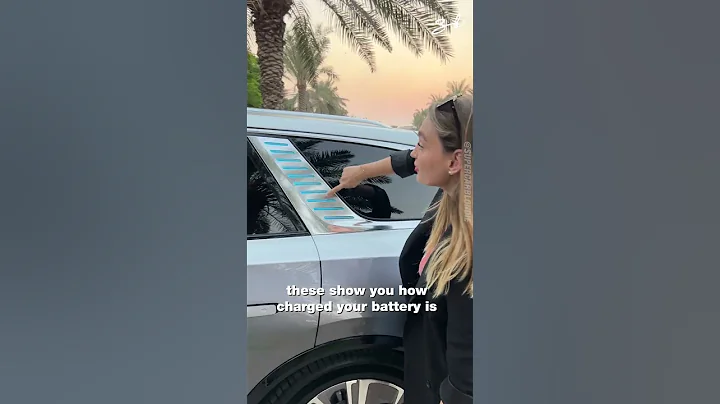On November 28, SINOMACH issued the "Research Report on the Development of China's Imported Automobile Market (2020-2021)". The report showed that the domestic imported automobile market showed a significant decline this year. From January to September, a total of 618,000 vehicles (including chassis) were imported across the country, a year-on-year decrease of 21.3%.
However, the decline in the imported car market this year is obviously not affected by the economic market, but dragged down by parallel imported cars. If the impact of parallel imported cars is excluded, my country's imported cars in 2020 will basically be the same as in 2019.

Looking at the passenger car market this year, even if the new crown epidemic has severely affected it, luxury cars have rebounded since March this year and have achieved year-on-year growth in May. This also includes many luxury imported models. Therefore, this year's decline in imported models is mainly due to policies that inhibit the development of parallel imported models.

Since July 1, 2020, the country has entered the era of the National Sixth Emission Standard, and the production of light-duty vehicles under the National Five-emission standard is prohibited, and imported light vehicles should also meet the National Sixth emission standard. However, the problem that has plagued parallel-imported car companies has not been resolved so far, resulting in the failure of customs clearance and sales of the six models of parallel-importing countries.

According to data, the import of parallel imported cars is almost stagnant. In July, only 33 parallel imported cars were imported, a year-on-year decrease of 99.8%. In August, the number of parallel imported cars in the country further shrank to zero. Corresponding to the supply side, terminal retail sales in August dropped significantly, and some parallel-imported auto companies had a "reluctant sales" mood. Parallel imported cars once again suffered a double drop in supply and demand.
In addition, the Tianjin Parallel Import Vehicle Circulation Association has issued a notice stating that at present, parallel import companies have obtained more than one hundred National VI 3C certificates. However, due to the inability to obtain National VI environmental protection information disclosure, they have not been able to clear customs and sell normally. Most companies The import of vehicles was stopped. The industry is facing great difficulties. If the solution to the issue of China VI environmental protection information disclosure is still not issued quickly, the parallel import automobile trade and industrial chain will completely withdraw from the industry, and nearly 10,000 companies will all die.
The "Report" believes that the size of the import market is expected to return to the scale of one million in the next year. However, due to the complex and volatile international environment, changes in the trade pattern and the development of the new crown epidemic are still uncertain, this will give imported cars in 2021. The market outlook adds uncertainty. However, due to the relatively low base of economic growth in 2020 and a series of policy adjustments in 2021, it is expected that the growth rate will be at least 5% or more.
It is reported that in 2021 there will be 32 new imported cars on the Chinese market. The new products are mainly ultra-luxury, high-end luxury and personalized models. The new generation models are mainly supplemented by models. There are not many cost-effective models. For the imported car market The pulling effect of scale is limited.

However, if the problem of parallel imported cars cannot be solved, it will still affect the overall sales growth. Because parallel imports help promote competition, maintain a fair market circulation order, and provide consumers with diversified choices. With the removal of restrictions on manufacturers’ authorization in the “Administrative Measures for Automobile Sales”, parallel-imported vehicles have begun to develop rapidly. At the same time, the Ministry of Commerce and other national ministries have issued many documents to encourage pilots of parallel-imported vehicles and promote the development of industry standards. In the past five years, excluding tax cuts, the prices of most mid-to-high-end models imported from China have fallen by more than 15%, some of which have exceeded 30%, and consumers have benefited from parallel imports.
However, the disclosure of China VI environmental protection information has become a hurdle that parallel imported cars cannot overcome.
For this reason, the association calls on all major parallel import companies to actively cooperate in signing a joint proposal and submit it to relevant national ministries and commissions in order to solve the problem that the National VI environmental protection information disclosure policy cannot be implemented.
This article comes from the author of Autohome and does not represent the viewpoint of Autohome.











